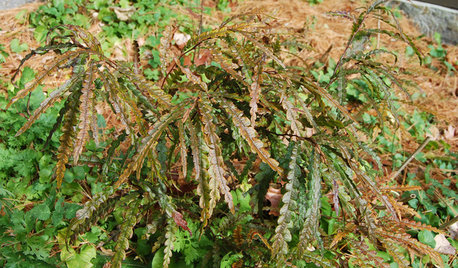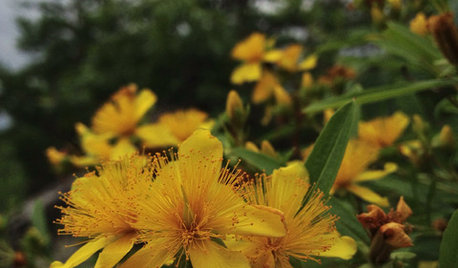I was looking at the FAQ list of host plants for S. melinus, and I have a few to add to it. I have had females lay eggs on the following, and the caterpillars were raised successfully:
White Clover (presumably Trifolium repens; our lawn is full of it)
Alfalfa (Medicago sativa) (I think I raised caterpillars completely on this, but there might have been some clover mixed into their diet)
This past season, I also found one 5th-instar S. melinus caterpillar eating hollyhock (I won't attempt to find out anything more specific than the genus Alcea!). It was almost ready to pupate, but it did eat some of a poppymallow flower (I think the ID for the plant is Callirhoe involucrata. There is another plant in the same genus that looks very similar, but it seems to be taller and is not listed as being present in CO.). So, I don't know whether this last plant would qualify for our host plant list or not.
For all of these plants, it was the flowers that were eaten.
Larry_gene, could you add these plants to the FAQ when you get a chance?
Thanks,
-Jmcat





susanlynne48
fighting8r
Related Discussions
HAVE: Paying it Forward--Pick Ten
Q
Soapberry trees S/A Chinaberries
Q
Caterpillar ID help
Q
Which natives are not invasive
Q
fighting8r
susanlynne48
fighting8r
jmcatOriginal Author
larry_gene
susanlynne48
roselee z8b S.W. Texas
jmcatOriginal Author
butterflymomok
fighting8r
larry_gene
jmcatOriginal Author
susanlynne48
roselee z8b S.W. Texas
bernergrrl
jmcatOriginal Author
larry_gene
jmcatOriginal Author
larry_gene
jmcatOriginal Author
larry_gene
jmcatOriginal Author
edith_lee